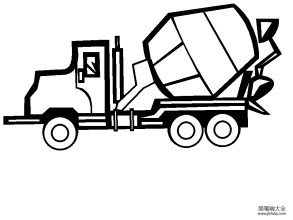Decoding Limestone Crusher Prices: Factors that Matter
- sophieaimix
- Nov 16, 2023
- 2 min read
The world of limestone crushing involves a myriad of factors that contribute to the pricing dynamics of limestone crushers. From raw material costs to technological advancements, understanding the elements that influence prices is crucial for businesses and individuals looking to invest wisely in this essential equipment.

Raw Material Quality and Availability:
The quality and availability of limestone as a raw material play a pivotal role in determining limestone crusher prices. High-quality limestone with desirable characteristics tends to be more expensive, while factors such as transportation costs can also impact the final price.
Crushing Capacity and Efficiency:
The capacity and efficiency of a limestone crusher directly affect its pricing. Crushers with higher capacities and enhanced efficiency often come with a higher price tag. However, investing in such equipment can result in long-term cost savings through increased productivity and reduced operating costs.
Technological Features and Innovations:
Technological advancements in the design and functionality of limestone crushers can significantly impact their prices. Modern crushers equipped with innovative features, automation, and energy-efficient systems may command higher prices due to the added benefits they bring to the crushing process.
Maintenance and Operating Costs:
Consideration of maintenance and operating costs is essential when evaluating limestone crusher prices. Crushers designed for ease of maintenance and reduced operating costs may have a higher upfront cost but can prove more economical in the long run.
Environmental Compliance:
Increasing awareness of environmental issues has led to the development of crushers designed to meet stringent environmental standards. Eco-friendly features and compliance with regulations can influence the pricing of limestone crushers as industries seek sustainable solutions.
Market Demand and Competition:
The law of supply and demand plays a crucial role in pricing, and the market demand for limestone crushers can impact their prices. Additionally, competition among manufacturers can drive prices down as companies strive to offer cost-effective solutions to gain a competitive edge.
Customization and Specialized Requirements:
Crushers designed to meet specific industry requirements or customized for unique applications may come with a higher price. However, these specialized crushers can provide tailored solutions, optimizing performance for specific needs.
Warranty and After-Sales Support:
The inclusion of comprehensive warranties and robust after-sales support can affect the pricing of limestone crushers. Buyers often prioritize equipment with reliable support and warranties, influencing their purchasing decisions.
Conclusion:
Deciphering the intricacies of limestone crusher prices involves a careful examination of various factors. From the quality of raw materials to technological innovations and market dynamics, each element contributes to the overall cost of these essential crushing machines. By understanding these factors, stakeholders can make informed decisions, balancing upfront costs with long-term benefits, and ultimately ensuring a wise investment in limestone crushing equipment.






Comments